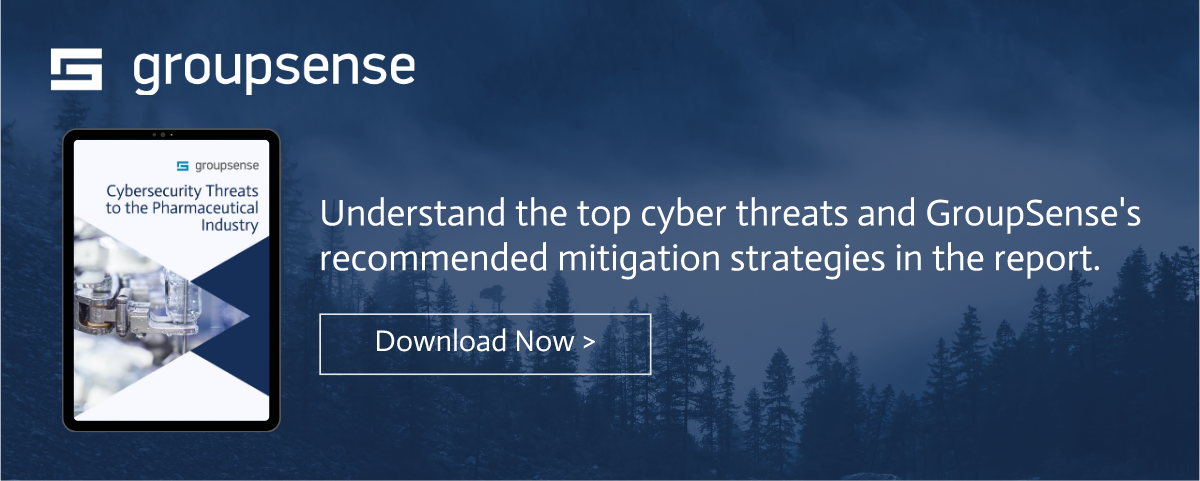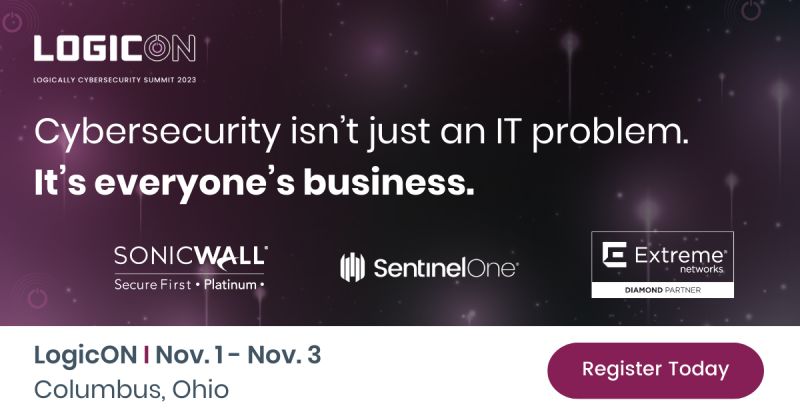The digital age has enabled pharma organizations to open up new opportunities and make processes more efficient. However, it’s also increased the risk of third-party cyber attacks, which can have serious impacts on data security and organizational systems. In this article, we explore the various types of third party cyber attacks that pharma organizations face, the potential implications of a successful attack, and how organizations can take steps to identify and mitigate such risks. We will look at engaging a digital risk protection provider, conducting regular assessments of third-party vendors, implementing security protocols, and creating a culture of vigilance within pharma organizations. With these strategies in hand, pharma organizations can protect themselves from cyber threats posed by malicious third parties.
Understanding the threat of third party cyber attacks on pharma organizations
Pharma organizations have become increasingly vulnerable to third party cyber attacks, which can have serious repercussions for their data and systems. Cyber-attacks come in many forms, from phishing emails to ransomware and malware. In addition to compromising valuable customer data, a successful attack can cause financial losses, reputational damage, and business disruption.
The most common attack vectors used by malicious actors are social engineering tactics such as phishing emails or false websites designed to steal confidential data or install malicious software. Other tactics may include Distributed Denial of Service (DDoS) attacks, which involve flooding a website with requests in order to disrupt its operations or gain access to sensitive information.
Governments and international organizations are taking steps to protect healthcare data from cyber security threats. For example, the European Union has implemented the General Data Protection Regulation (GDPR) which requires organizations that handle personal data of EU citizens to take appropriate measures to secure it. In the US, the Department of Health and Human Services (HHS) provides guidance on best practices for protecting healthcare information in its Security Risk Assessment Toolkit (SRAT).
Organizations must also take proactive steps themselves if they want to safeguard against third party cyber attacks. This includes engaging a digital risk protection provider that specializes in monitoring for potential risks posed by third parties; conducting regular assessments of vendors and suppliers; implementing security protocols such as two-factor authentication; and creating a culture of vigilance within the organization so employees understand the importance of cybersecurity. By following these steps, pharma organizations can protect themselves from malicious actors targeting their systems or customer data through third-party access points.
How to identify and mitigate third party risks
Pharma organizations are constantly facing the risk of a third-party cyber attack. To protect their data and systems, it is essential that pharma organizations take proactive measures to identify and mitigate third-party risks.
One way in which pharma organizations can protect themselves from third party cyber attacks is by engaging a digital risk protection provider. This type of provider helps identify high-risk third party vendors, scan for signs of malicious activity, and alert companies if their data is at risk. Additionally, regular assessments of vendor networks should be conducted to assess the security protocols they have in place and to ensure that they are adhering to government regulations for processing and protecting patient data.
In addition to engaging a digital risk protection provider and conducting regular assessments, it is important for pharma organizations to implement security protocols that will help them mitigate any potential risks associated with third parties. This includes ensuring that all accounts have strong passwords; using encryption technologies to secure any sensitive data; and training employees about the importance of data security and privacy. Moreover, it is important for pharma organizations to adhere to federal laws pertaining to patient privacy, such as HIPAA (the Health Insurance Portability and Accountability Act).
Finally, it is essential for pharma organizations to create a culture of vigilance and security within their organization in order to better protect against third party cyber attacks. This means establishing policies around access control, monitoring user activity on an ongoing basis, implementing procedures for responding quickly when an incident occurs, as well as providing continual education around cyber security best practices.
By taking these steps and staying informed about current trends in cybersecurity threats targeting pharma organizations, companies can reduce the likelihood of falling victim to a third-party cyber attack.
Continuous monitoring to identify and mitigate third party risks
By leveraging proactive risk management strategies and utilizing digital risk protection providers, pharma organizations can remain vigilant in identifying and mitigating threats from third-party vendors. Establishing policies around access control, monitoring user activity, and providing continual education around cyber security best practices can help bolster an organization's security posture. Additionally, regularly scheduled reviews of contracts and audits of compliance standards are essential for ensuring that vendors meet necessary requirements. With the right tools in place, pharmaceutical companies can effectively protect their data and systems from malicious outside actors.
Best practices for third party management
Pharma organizations can protect their data and systems from malicious outside actors by implementing best practices for third party management. Developing a comprehensive third-party risk management program is essential for deterring cyber attacks and creating a secure environment. Such a program should include personnel training, rigorous due diligence, strong contractual protections, and ongoing monitoring of third-party activity.
First, it is important to ensure that all personnel are properly trained in cyber security best practices. Employees should be aware of the potential risks associated with third parties and the importance of following security protocols. They should also be encouraged to report any suspicious activity they observe or experience within the organization.
Second, pharma organizations must conduct thorough due diligence on all vendors before entering into any contracts or agreements with them. This includes assessing the vendor’s security protocols as well as verifying their identity and credentials. Additionally, it is important to review each vendor’s track record and background prior to entering into any agreement with them.
Third, contractual protections should be established in order to limit access to sensitive information, such as customer data or confidential trade secrets. Contracts should also include provisions that require vendors to adhere to specific security measures in order to ensure that customer information remains protected at all times.
Finally, ongoing monitoring of third-party activity is essential for maintaining cybersecurity within pharma organizations. Companies should regularly assess their vendors’ compliance with security protocols and investigate any suspicious behavior detected by personnel or automated programs designed for this purpose. Regular audits of vendor services can help identify potential vulnerabilities before they become major issues, allowing companies to quickly address them before an attack occurs.
By implementing these best practices for third party management, pharma organizations can protect their data and systems from potential cyber attacks while creating a culture of vigilance and security within their organization
Building a culture of vigilance and security: what pharma organizations can do now
In order to safeguard their operations against malicious cyberattacks, pharma organizations must take a proactive approach towards implementing security protocols and creating a culture of vigilance. This begins with training personnel on proper cyber security best practices, both upon onboarding and through ongoing employee development. Furthermore, it is important for pharma organizations to update their security policies periodically and communicate them clearly to all employees. Additionally, they should establish an incident response plan that accounts for any potential scenarios that may arise as a result of third-party attacks.
Partnering with digital risk protection providers can help pharma organizations better identify areas of vulnerability within their infrastructure and provide insight into the level of risk posed by vendors or other external actors. Furthermore, monitoring user activity and conducting regular assessments of vendors can help ensure that any potential risks are quickly identified and addressed in order to mitigate future threats. By taking these steps now, pharma organizations will be well prepared to protect their data and systems from malicious outside actors.






